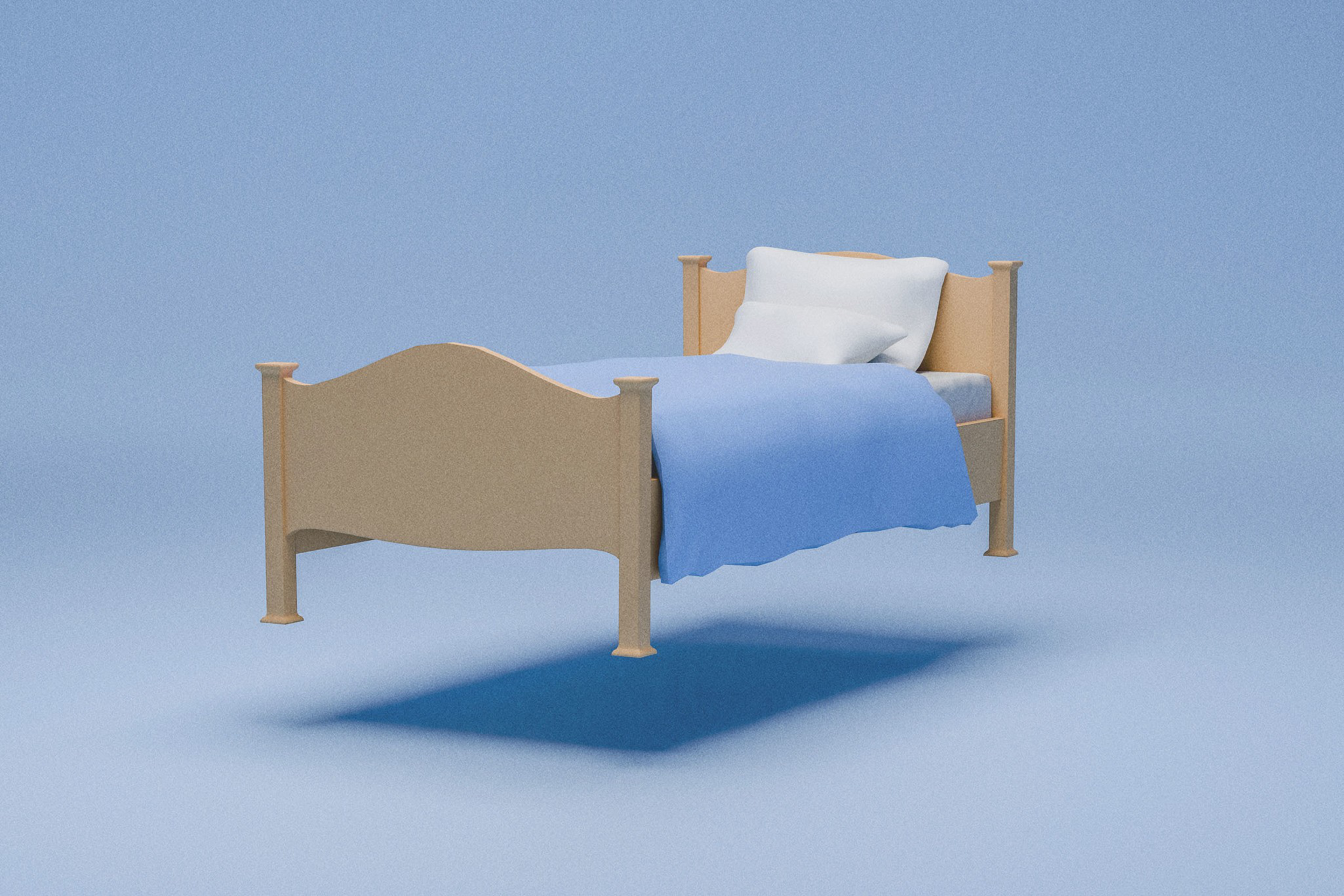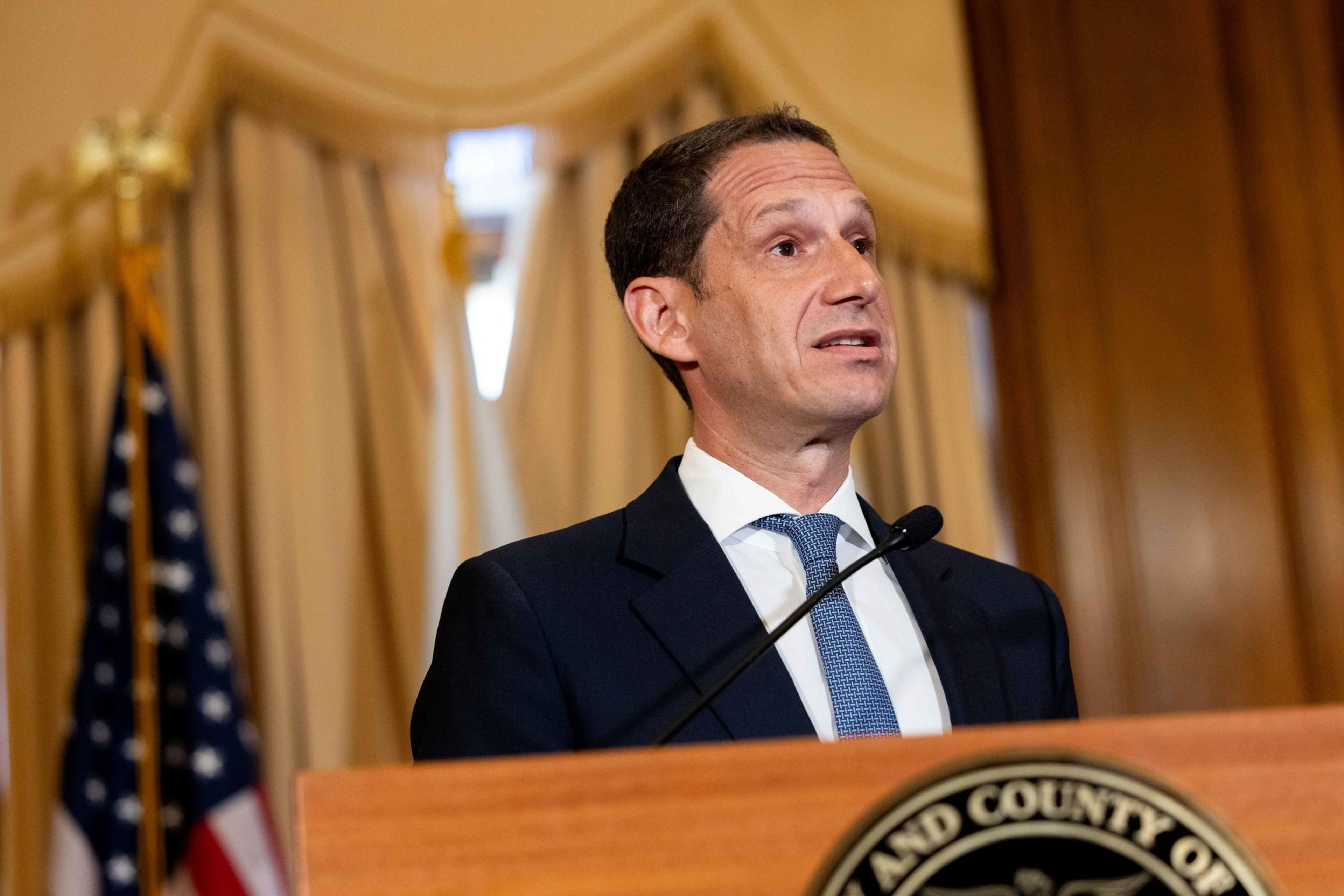When San Franciscans elected Daniel Lurie as mayor in November, they gave him a clear mandate: address the homelessness crisis and improve conditions on our streets. As part of his campaign roadmap, the mayor put forward a plan to create 1,500 new emergency shelter beds in his first six months.
As the mayor’s point person for the homelessness and behavioral health crises, I have been entrusted with making a range of systemic changes. Now, after half a year on the job, I see that the best way to deliver on that mandate is by making our system more effective, not building toward a specific number of beds.
Two months into his administration, the mayor launched his Breaking the Cycle plan — a vision to transform how the city responds to public health issues and homelessness. We’ve opened a behavioral health crisis stabilization center, piloted a mobile triage unit to bring services directly to people on Sixth Street, reined in handouts of drug paraphernalia (opens in new tab), created interim housing with treatment services (opens in new tab), folded nine siloed street outreach teams into one neighborhood-based model (opens in new tab), and raised nearly $40 million in private funds to support this work during a budget crunch.
But the more I worked with the mayor and city departments to understand what was working and what wasn’t, the clearer it became that our 1,500-bed target was no longer the right approach.
The fact is: Someone sleeping on the street in San Francisco is likely also suffering from addiction or serious mental illness. And someone hooked on fentanyl needs more than a place to sleep. They need a bed that’s connected to a system that serves their complex needs and helps them get better.
Early in Mayor Lurie’s term, we formed an interdepartmental workgroup of health services, social services, law enforcement, and emergency responders to expand interim housing for people struggling with homelessness and behavioral health issues. For the first time, we compiled an inventory of all city-funded beds. It showed that the city already spends more than $1 billion a year and funds more than 25,000 beds in various programs.
Yet despite this significant investment, the number of people living unsheltered hasn’t gone down meaningfully over the past few decades. Why? Because the system lacks flow. We have failed to rapidly connect people to treatment, deliver the right clinical support at the right time, and help people move from crisis to recovery to long-term stability. People get stuck on waitlists, bounce between emergency rooms and jail, or deteriorate in shelters not equipped for their clinical needs.
From 2022 to 2024, the number of people self-reporting alcohol and drug abuse as the primary cause of their homelessness rose from 12% to 19% (opens in new tab). Yet the city has been underinvesting in short-term stabilization or treatment beds that help people detox and stabilize before moving into longer-term care.
While San Francisco has added thousands of beds in the past five years, many were in congregate shelters, which are not designed for the more acute health needs of people who are homeless. Alarmingly, more than one-quarter of overdose deaths in 2024 occurred in city-funded permanent supportive housing. We can’t keep placing people into housing that doesn’t match their clinical needs and expect to get better results.
Historically, our homelessness and behavioral health systems have been managed through a patchwork of nonprofit partners that operate largely in silos. This fragmentation makes it nearly impossible for people to move smoothly from street outreach to treatment to stable housing. Fixing this will mean ensuring providers have the right expertise, updating contracts with clear accountability measures, and designing funding and reimbursement systems that operate more like a professional healthcare network.
That’s why we’ve refined our strategy. We are no longer working towards a 1,500-bed goal; we are working towards the outcomes San Franciscans rightfully expect. That means adding the right beds and integrating them into a coordinated system of care.
The mayor’s budget reflects these priorities. We’re expanding programs that support people in the critical first 48 hours off the street. We’re improving coordination among street teams, adding crisis stabilization and drop-off beds, converting traditional shelter beds into clinically supported interim housing, bringing more clinical care into permanent housing sites, and investing in pathways to permanent housing. We’re allocating tens of millions of dollars to these changes, some of which comes from Prop. C funding that voters approved in 2018.
This strategy will more effectively get people help — and more responsibly manage our money. On top of a historic $800 million budget deficit we had to close this year, San Francisco faces a looming fiscal cliff as federal and state funding for some beds runs out. (The state halved funding for the Homeless Housing, Assistance and Prevention program in this budget cycle, for a loss of $500 million statewide, and we are braced for even larger cuts at the federal level.)
The work of creating a new system to address homelessness was never going to be easy. But we’ll never break the cycles of homelessness, addiction, and government failure if we let pride or politics block real solutions.
Kunal Modi is the chief of health and human services for the city and county of San Francisco.


